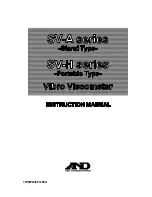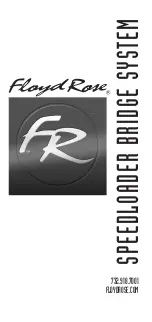
Measurement Concepts
2-7
Noise and safety shields
— Figure 2-4 shows typical shielding for unguarded measure-
ments. A noise shield is used to prevent unwanted signals from being induced on the electrom-
eter input. Measurements that may benefit from effective shielding include unguarded volts and
ohms, amps below 1uA, and low level coulombs.
Typically, the noise shield is connected to electrometer input LO. However, better noise per-
formance may be achieved by connecting the noise shield to both input LO and chassis ground.
Electrometer LO can be connected to chassis ground by installing the ground link between the
COMMON and CHASSIS binding posts.
A safety shield is required whenever a hazardous voltage (>30V) is present on the noise
shield or when the test circuit (DUT) is floated above earth ground at a hazardous voltage level
(see “Floating Measurements”). Connections for the safety shield is shown in Figure 2-4B. The
metal safety shield must completely surround the noise shield or floating test circuit, and it must
be connected to safety earth ground using #18 AWG or larger wire.
HI
HI
LO
LO
DUT
DUT
INPUT
250V PK
INPUT
250V PK
Metal Noise Shield
Metal Noise Shield
A. Noise Shield
B. Safety Shield
Metal Safety Shield
Safety
Earth
Ground
Chassis
Ground
Figure 2-4
Shielding for
unguarded
measurements
Summary of Contents for 6514
Page 203: ...14 CommonCommands...
Page 207: ...15 SCPISignalOriented MeasurementCommands...
Page 235: ...18 PerformanceVerification...
Page 254: ...19 Calibration...
Page 274: ...20 RoutineMaintenance...
Page 278: ...A Specifications...
Page 282: ...B StatusandErrorMessages...
Page 288: ...C GeneralMeasurement Considerations...
Page 294: ...D DDCEmulationCommands...
Page 299: ...E ExamplePrograms...
Page 306: ...F IEEE 488BusOverview...
Page 320: ...G IEEE 488andSCPI ConformanceInformation...
Page 324: ...H CalibrationOptions...















































